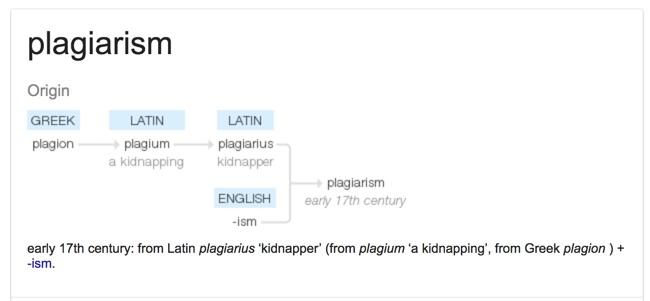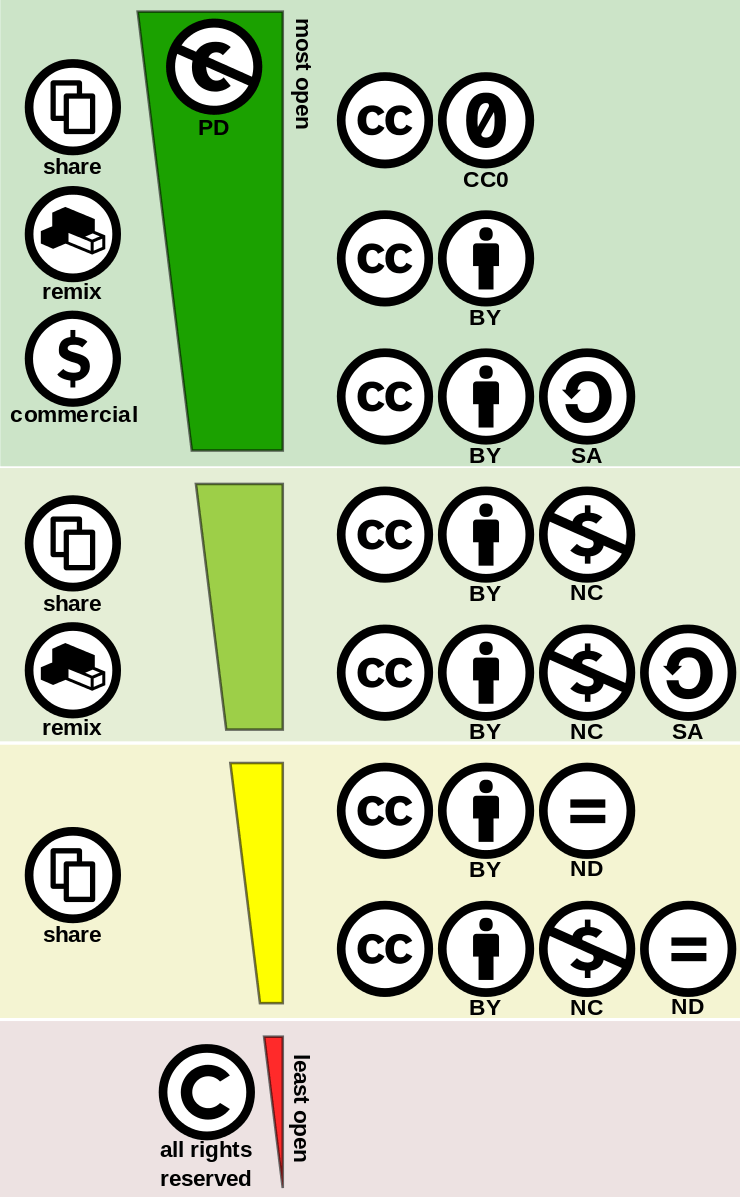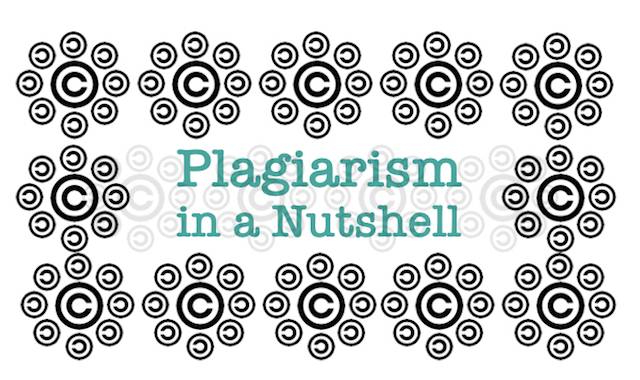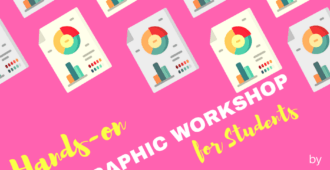What a funny word “plagiarism”… It’s pronounced like ‘play-ge-rizm’. In the academic world, one cannot ‘play-play’ with it. But this word that doesn’t sound like English, yet it is English. Wonder where it came from?
These are some of my thoughts as I search and re-search on plagiarism, a topic that I’d talk about in CDAE Lunch & Learn Talks Series.
What is plagiarism?
The word “plagiarism” is a 17th century derivative of a Latin word plagiarus, which means kidnapper, and English -ism, a suffix that denotes an action or its results. Please see Google Search screen grab below.
In other words, an action of kidnapper is kidnapping. And to kidnap someone is to taking someone away against his/her will and keep the person like a prisoner. In a similar vein, to kidnap a work (yours or someone’s) is steal it, with or without the owner’s consent, and called it your own – that’s plagiarism.

Clicking the Google Search result further led to a graph of the word usage by Google Books Ngram Viewer (check it out).
It is quite interesting to note that the graph shows tapers off gently between 1800 to 2018. For the last two hundred years, plagiarism seems to continue unabatedly. ‘Copying and pasting’ a person’s work (a report, an image, art work, a song) and claiming it as your own work, whether it’s intentionally or accidentally, can be considered as plagiarism. If you would like to delve further into plagiarism, below are several wonderful resources on the topic.
Resources
- Enrol in this free MOOC, Academic Integrity
- Turnitin, The Plagiarism Spectrum and #1-10 Types of Plagiarism
- Plagiarism, Oxford U
- Plagiarism.org
So how to avoid plagiarism?
Paraphrasing and summarising all articles (journal articles, websites, books etc.) as you read are good approach in your research. Paraphrasing means you write what you understand in your own words. It’s not easy at first few tries. Like any skill, reading for instance, you will get better, more fluent with more attempts. Direct quoting is another way. With all these, citing your sources (references) is essential. Google Scholar, End Notes or Papers (for Mac users) can help you with managing growing numbers of references.
Copy-Right, Copy-Left or Copy-cats?
Alternatively, you can look for “copy-left” and public domain materials. The so-called “copy-left” materials are licensed under the Creative Commons. There are at least 6 licences with CC0 (public domain) being the most liberal and CC BY-NC-ND, the most restrictive (sharing only). There are several providers and sites e.g. MIT OCW, Open Education Consortium, Massive Open Online Courses (e.g. USM MOOC), Flickr that offer open access to learning materials, courses and resources. And more publishers are giving open-access options to scientists and researchers in publishing their work–the more one shares to the world, the wider (and perhaps deeper) the work would impact the society.

As seen above, depending on the licences, you can share, remix, re-distribute and modify the work without seeking permission. Unlike a copyrighted work, if you wish to use it, you would need to ask permission from the author. See here for infographics on copyright infringement and how to cite a Creative Commons work/images. infographics Copycat work is a big no-no in academia or everywhere else.
So that’s plagiarism in a nutshell. Till then…



Comments are closed.